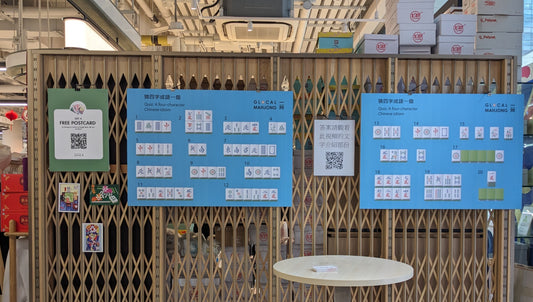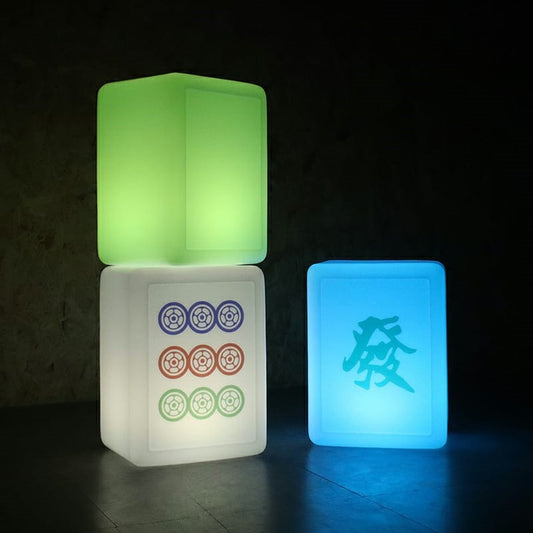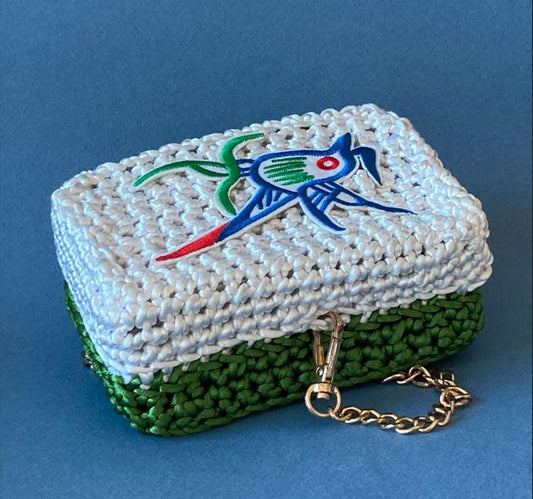Mahjong X Furniture
Mahjong is played by four people sitting around a square table. These chairs and tables are very much, parts of the experience of the game.
Like many architects, I have a special interest in furniture not only because furniture shapes how people use a space, but the design of furniture shares many similarities with that of buildings. They stand out as objects in space and can be viewed like sculptures. Their structures have to be strong enough to take loads of people or things on them. They reflect the lifestyle of the people for a period of time. So studying furniture, just like architecture, is reading into the history of mankind.
Most civilizations have gone through similar developmental stages. Primitive life started from the use of tree stumps and stones naturally found in nature as seats, tops and platforms. Mats were also made for people to sleep and live on the floor. Today, floor mats remain an important tradition in places like Mongolia or Middle East as rugs or in Japan as tatami.
The early nomadic life of people requires furniture to be light and transportable which leads to the design of foldable furniture. It was the influence of western foldable chairs that caused the Chinese to change their sitting posture from kneeling on the floor to sitting on chairs with hanging legs.
When men started farming and residing in the same place, furniture could become heavier and more differentiated. Despite the history of games should be as long as that of mankind, bespoke furniture for games could only be afforded by people who had the luxury of having more leisure time.
In the Western world, the earliest table board games can be found in paintings, funerals in tombs and remains from Persian, Egyptian to Roman times. More sophisticated tables were built for cards and chess can be found in the later period. These tables could be in the best quality hardwood and marble, highly decorative with inlaid and integrated with features like lobed outset corners to hold candle sticks. Hinged top boards or legs may also be included so that the furniture can be used for other purposes or stored away. Drawers are also included to hold the card and chess. These furniture pieces could be symbols of wealth and status.
In modern times, special jigsaw puzzle tables with tilted non-slip tops and slide-out trays provide better ergonomics for the player who may work on the puzzle for long hours.
In old Chinese and Korean paintings, the most popular game was the Go or Weiqi. People could play them anywhere, from outdoor on a piece of rock to laying a board on a table indoors. We can find some special tables in these paintings or as antique pieces of furniture today. As mahjong tiles were not popular until Qing, we can only find mahjong tables from this period. In the category of table games, our discussion may not be complete without mentioning the very popular Chinese sports game around a table, which is Pingpong, the table tennis.
For mahjong, while any chairs reasonably comfortable will do, the mahjong table does have certain requirements to meet. As a game for four, they are mostly square or close to square. Its top board has to provide up-standing edges for guarding the tiles against falling off and for aligning the tiles. For tiles to be shuffled, the surface needs to be smooth and ideally absorbent to reduce the noise. Do not know when such tradition starts, the surface is mostly green in colour, and so are the mahjong tiles. Other details of the table may include drawers for chips, holders for cups or even sockets for lamps.
The support to the top board could be a simple square dining or writing table with four legs or a strong pedestal in the middle. Purpose-built mahjong tables are integrated with drawers for chips. Again, for serious players with large homes, these tables could be highly decorative pieces of furniture. Today, we can find antique pieces of mahjong tables from the Qing dynasty in unusual shapes and interesting details.
Invented by the Japanese, electronic mahjong tables that shuffle and stack tiles automatically are used in mahjong clubs and schools. The mechanism is highly intelligent and almost magical, but it is too much to be covered in this overview episode.
In high density cities like Hong Kong, space is the most precious commodity, designated mahjong table is too luxurious for normal households. Folding mahjong tables or mahjong top boards put on top of tables seem better answers to the small homes in Hong Kong. Our recent concern about the environment also leads us to recycle old wood for new furniture.
Despite all chairs serving the purpose of sitting, serious mahjong players can play for long hours. Ergonomically designed chairs could give them more comfort. In this aspect, the recent development of e-Sport chairs may be relevant though stylistically the contemporary looks may not go very well with this traditional game.
There is so much to talk about on this topic, hope we can elaborate on specific topics in later videos. I also hope in near future, I can design mahjong tables that are practical, beautiful and at the same time affordable by most people, not just as one-off expensive prototypes.



